The town of Mazarrón is located in the southeast of Spain. It is part of the Autonomous Community of Murcia, 72 km from the regional capital, Murcia.
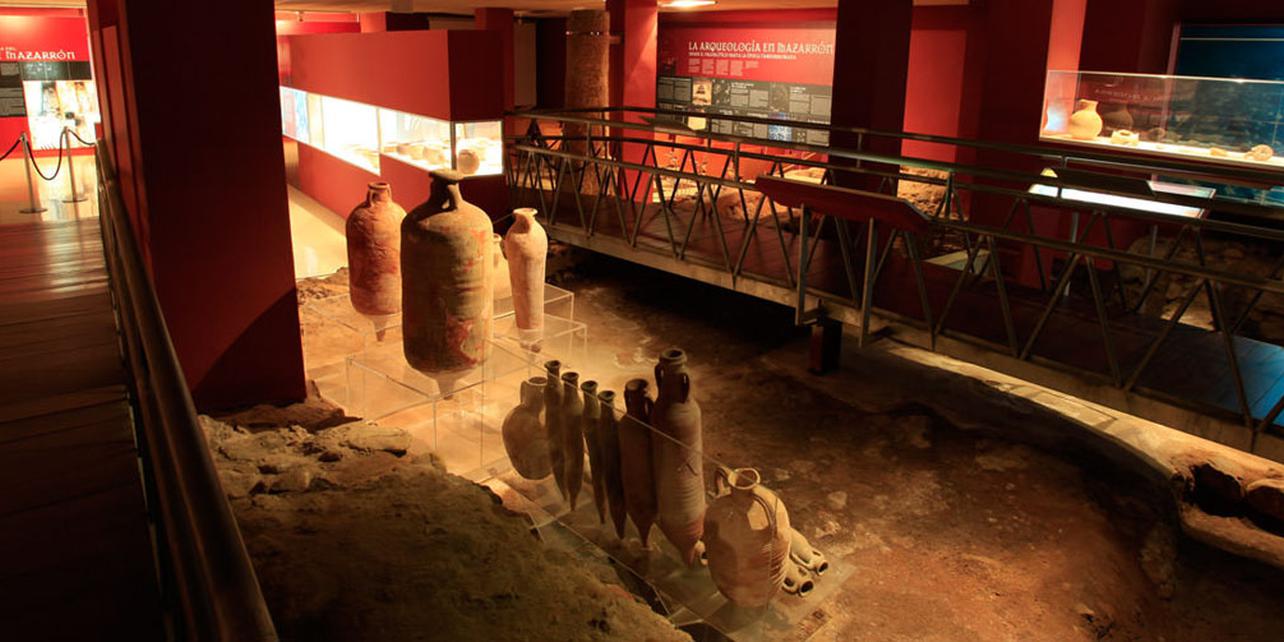
In 1976 a large Roman salting factory was discovered, dating back to the 4th and 5th centuries AD. The structure preserved in the Salazones Museum-Factory corresponds to the area used for the cleaning, chopping and salting process of fish. This industrial complex would have extended through the streets and lots adjacent to the museum. The museum offers a tour that consists of four stages: 1) the salting factory; 2) from Paleolithic to late Roman times; 3) the late Roman period; 4) from the Middle Ages to the present day.
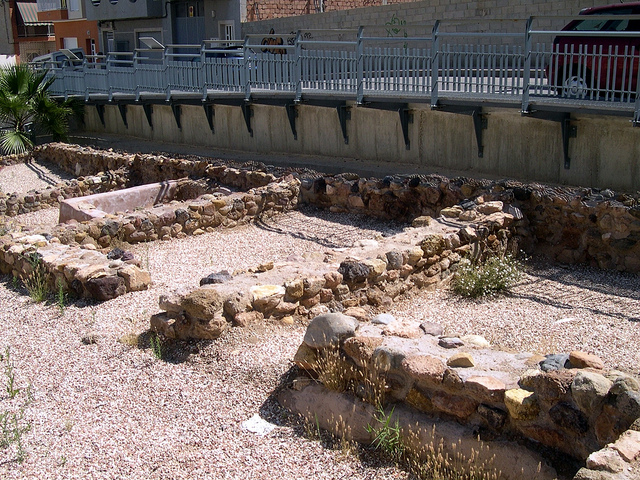
A fundamental element in the salting factories were the pools or tanks in which the fish was macerated with salt; this process lasted between twenty days and three months. Later, in these same pools, the fish meats were seasoned and the different fish sauces were made, the undisputed star being Garum.
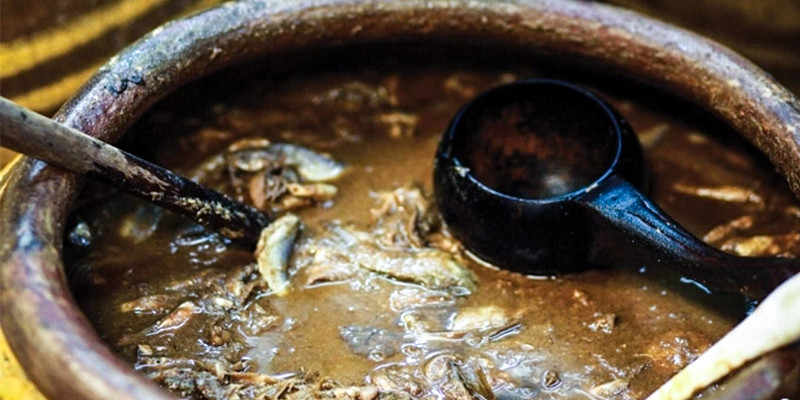
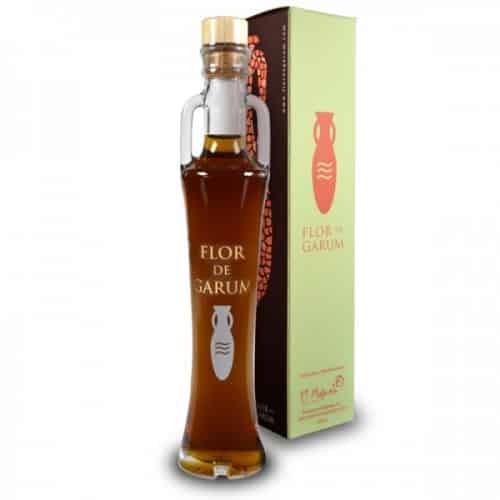 [Modern Garum, following Roman recipe from Pompeii]
[Modern Garum, following Roman recipe from Pompeii]
Garum was an essential element in any Roman kitchen that was valued, as a condiment for countless dishes. It was obtained by the maceration of the viscera of certain fish. After the fermentation process, and the action of heat, the fish was reduced to the precious liquid called Garum, for which astronomical sums were paid.
Next to the salting factory are the vestiges of a Roman house, on Era street, dating from the 4th - 5th centuries AD. It was part of a group of houses that were probably related to the fishing industry and the peak of the salting factory. Its residents must have been people with good purchasing power since a significant number of imported coins and domestic objects were found in the archaeological excavations.
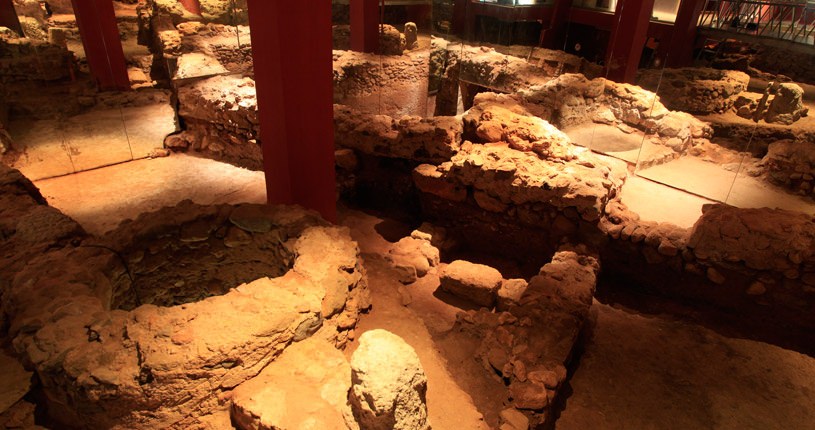
A third section that can be visited, also linked to the salting industry, is the Roman complex of Alamillo. The oldest vestiges, which cannot be visited, correspond to the republican period, in the Loma del Alamillo, where a sanctuary has been identified. The rest of the complex is related to the industrial area of a Roman villa, highlighting the pools where the famous and highly demanded garum was produced.
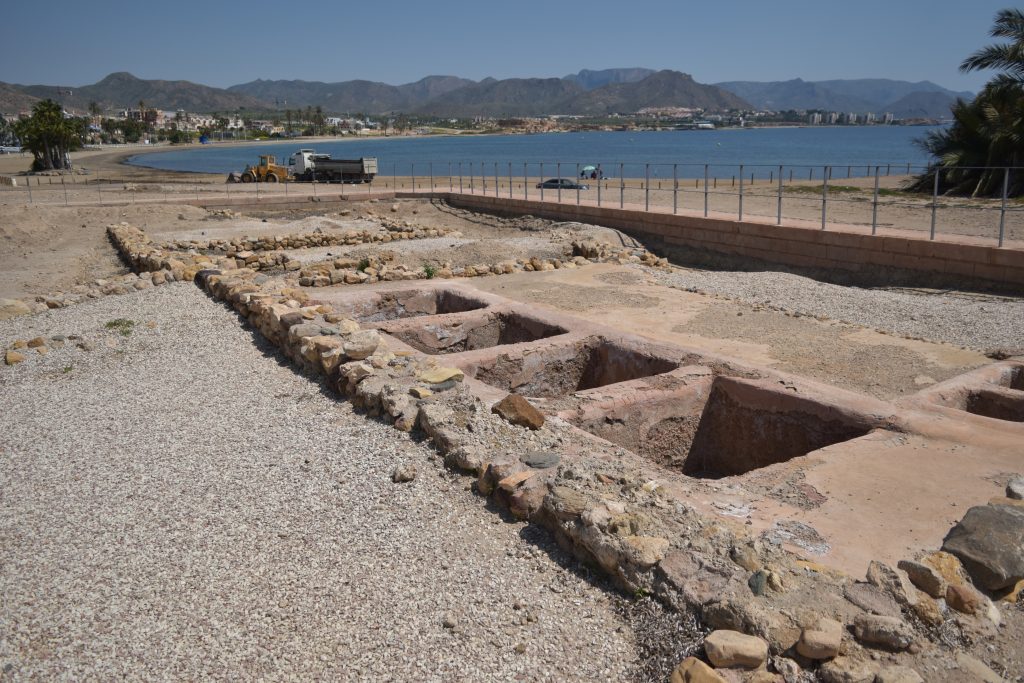
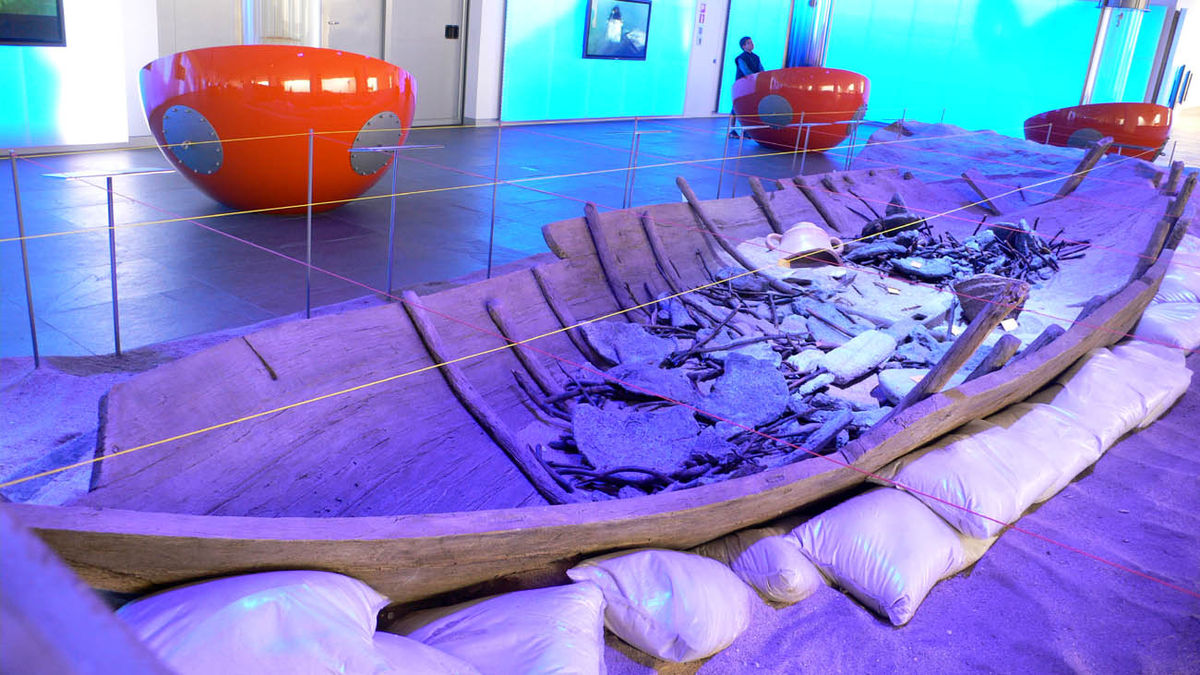
Another point of interest is the Interpretation Center of the Phoenician Ship of Mazarrón, located in Jardín del Gachero in Puerto de Mazarrón, next to Playa de la Isla. It has audiovisual information, various explanatory panels, models and a reproduction of the Mazarrón 2 wreck, found in Playa de la Isla in 1994. This boat, the best preserved in the Mediterranean, faster but with less load capacity than the Gôlah - the typical Phoenician merchant ship. The wreck was found practically intact in its original position and was loaded with 2,820 kg of circular litharge bars, used for silver mining.